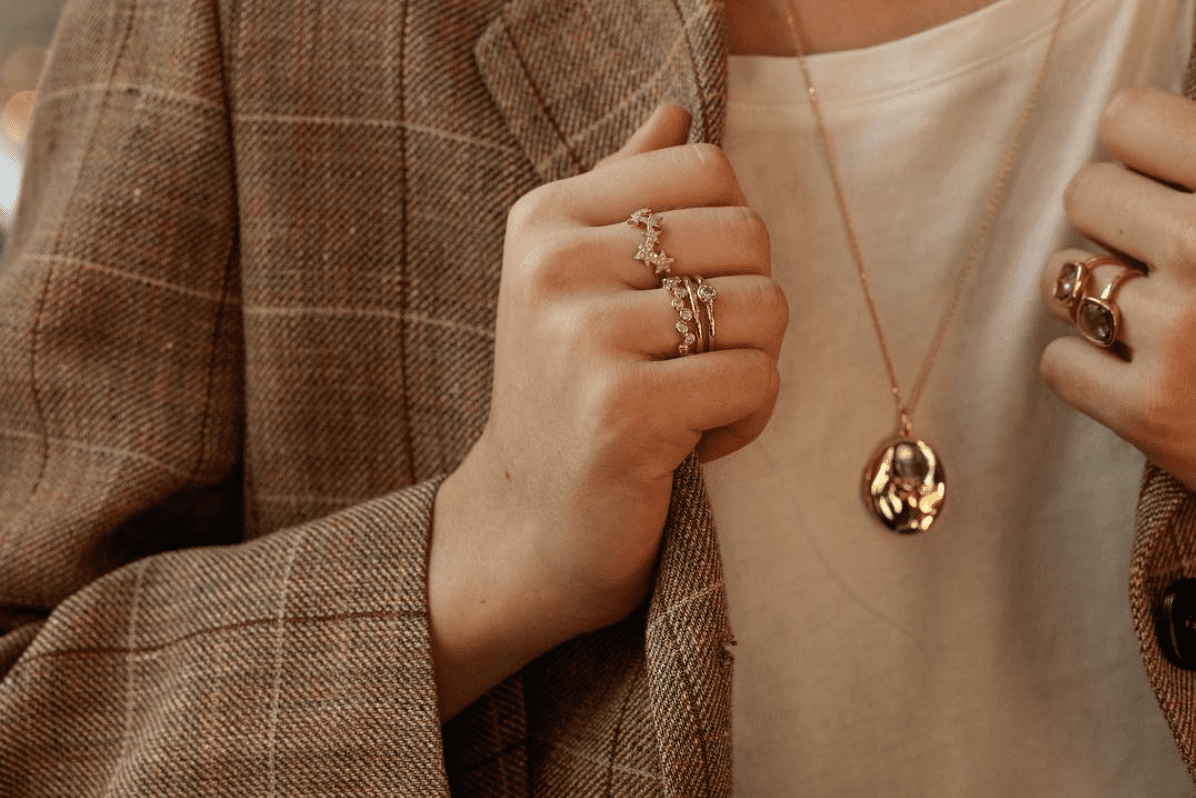Introduction
Jewelry has always been much more than just ornaments. Across ages and cultures, they have served as powerful symbols, conveying messages, beliefs and traditions. At Nouvel Amour, we draw inspiration from this rich symbolism to create pieces that resonate deeply with our customers. This article explores the symbolism of jewelry across different cultures, revealing the hidden meanings behind these timeless treasures.
The importance of jewelry in ancient Egypt
In ancient Egypt, jewelry was symbols of power, status and protection. Pharaohs and nobles wore necklaces, bracelets and rings adorned with precious stones and sacred motifs like the scarab, a symbol of rebirth and transformation. The eye of Horus, another popular motif, represented divine protection and health. These jewels were often buried with their owners to accompany them in the afterlife, testifying to their spiritual importance.
The meaning of jewelry in Indian culture
In India, jewelry is deeply rooted in culture and traditions. Each piece of jewelry carries a special meaning and is often linked to rituals and religious beliefs. Mangalsutra necklaces, for example, are worn by married women as a symbol of their union and commitment to their husbands. Nose rings, or nath, are also very symbolic, representing femininity and fertility. Jewelry in India is not just ornaments, but good luck charms and symbols of social status and spirituality.
Amulets and talismans in European culture
In Europe, amulets and talismans have long been used as means of protection and good luck. The Celts wore jewelry decorated with designs of knots and spirals, believing that they could repel evil spirits and attract good fortune. During the Middle Ages, knights wore rings and pendants with crosses or religious inscriptions for protection in battle. These jewels were often blessed by priests, reinforcing their symbolic power.
Jade jewelry in Chinese culture
In China, jade has been revered for millennia for its spiritual and protective properties. Jade jewelry is considered an amulet for protection against evil spirits and illness. Jade is also associated with qualities like purity, serenity and longevity. Jade pendants, bracelets and rings are often worn to attract good fortune and ensure a harmonious life. The color and clarity of jade also adds to its symbolic value, with each piece being unique.
Wedding jewelry and its universal meanings
Wedding jewelry, present in almost all cultures, is among the most symbolic. Wedding rings, in particular, are universal symbols of love and commitment. In Western cultures, they are traditionally worn on the left ring finger, believing that this vein leads directly to the heart. In other cultures, such as India, wedding jewelry also includes necklaces, bracelets, and earrings, each of which has a special meaning related to the couple's union and prosperity.
Conclusion
Jewelry, with its diverse symbolisms, transcends cultural boundaries and eras. They are silent witnesses to beliefs, traditions and personal stories. At Nouvel Amour, we draw inspiration from this rich symbolism to create jewelry that tells unique and personal stories. Each piece is designed to evoke emotions and memories, while honoring the traditions and deep meanings that have marked the history of jewelry. To discover our creations and their symbolism, visit our website or our Parisian store.


Leave a comment